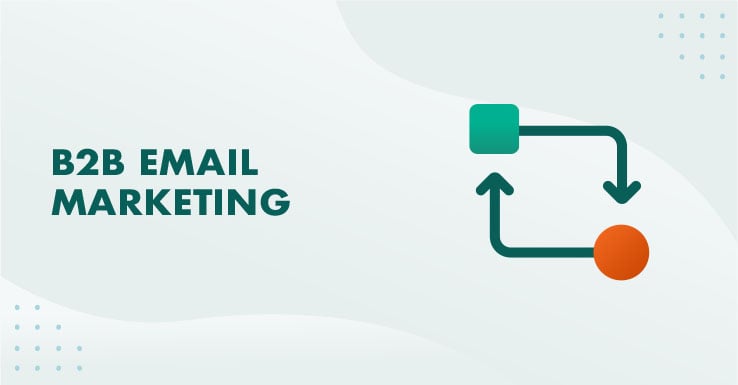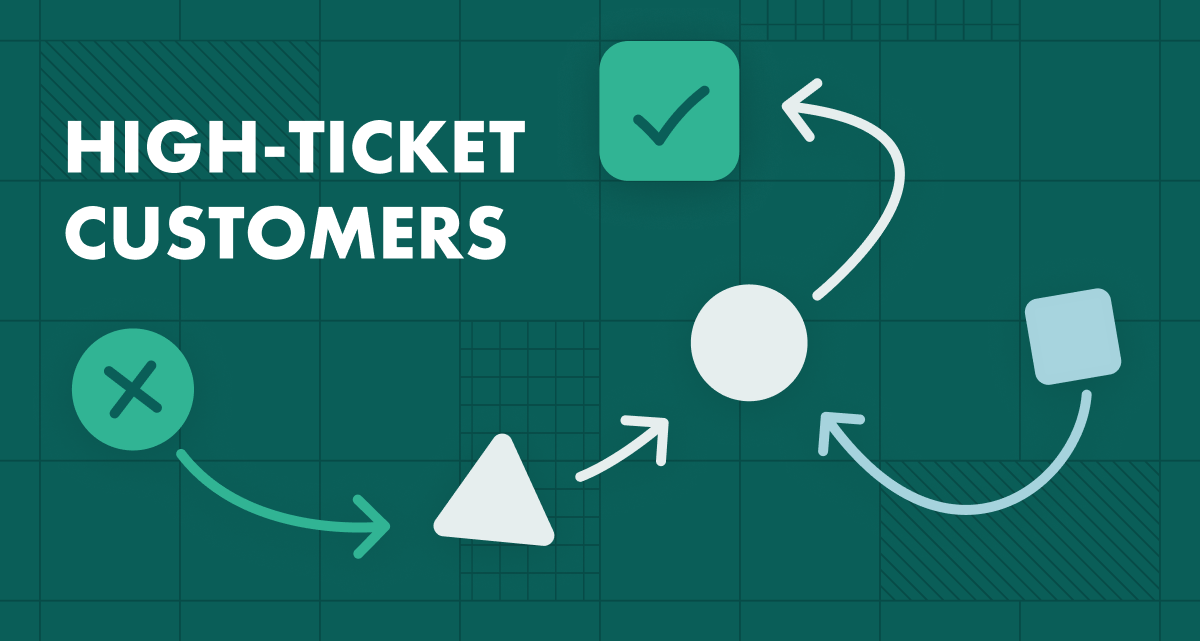This post is the second in a two part series. Part one includes tips on Spam rules, copy and design. Click here to read part one.
7. Make it easy for readers to unsubscribe
Back when email marketing was a new channel, it became common practice to hide the unsubscribe button. Organizations wanted to keep their lists as big as possible, regardless of whether or not the email was providing value or not. Times have now changed. If your reader does not find the content interesting, you risk being flagged as spam (in fact, 23% of readers will mark your email as spam if content is not relevant). The more ‘spam complaints’ you receive, the more likely you are to be blocked, which means your emails will be sent to the junk folder instead.
If a reader is not interested in receiving emails from your business, let them opt out with ease. Provide a clear opt-out link towards the bottom of the email that requires minimum action from the user such as one click opt-out.
8. Use the “From” address to your advantage
The first thing a reader sees when in their inbox is the “From” name on the far left yet most email campaigns you will receive will be from info@company.com or newsletter@domain.com. This is not very personal and you are missing a great opportunity to connect with your reader.
If you are a small business, having your ‘From’ address marked with your CEO’s email address is a great way to build a relationship. If you have recently held a webinar and your email marketing campaign is being sent as a follow-up, use the name of the webinar host to increase open rates.
9. Check your email in different email providers
When sending out HTML emails, there is a chance of that they will be viewed differently in each email provider. It could be that the email layout doesn’t look right in Outlook’s preview pane or the layout was changed in Yahoo. Catching any layout/ email provider issues before you send your email will save any embarrassment.
If your email service provider (ESP) does not allow you to check your email in different email providers, it should provide an overview of the biggest email providers on your list. Take the top three and create a test email address in each of them (usually Gmail, Yahoo, Live, MSN) to send to and review.
10. Send out a test email internally
There’s nothing more embarrassing than sending an email out that contains a spelling mistake, a wrong link or an image that doesn’t display correctly. Recently, I received an email for a webinar that I was interested in so I signed up. Two hours later, an email from the same person was sent out with a new date for the webinar. For this new date and time, I could not attend.
Before sending your email campaign out, send a test out to yourself and your team. Get their feedback for any last minute changes before clicking that all important “send to entire list” button. Make sure you include your customer support manager on the recipients test list. Customer support will be at the forefront of the email campaign response and having his/her input will be of great benefit to the both of you and the organization as a whole.
11. Check your email can be read on a mobile device
Recent research by ComScore found that 46% of smartphone users read emails on their mobile phone. This means that your email must be optimized for mobile. To test how your email is viewed on a smartphone, send a test email to yourself and open it.
In order to create a mobile-friendly email campaign, a quick solution is to reduce the width of the email (from 600px to 300px) and to increase the size of the font.
12. Only send to subscribers who opt-in
You will not gain anything from sending an email to subscribers who have opted-out of your email list. Making sure that you cleanse your list from time to time will help with deliverability rates and open rates. Although cleaning your email list will take time, it will eventually lead to a more successful email campaign.
If your list starts to show a higher percentage of undeliverable email addresses, email providers such as Gmail and Yahoo will flag your email as spam. Who wants to be there?
Conclusion
Before sending out your next email, follow the checklist above and compare your deliverability rates, open rates and click-through rates with your last email and see if you notice a difference. I think you will find a great improvement between the two with a happier customer base to show for it.
This 12 step email marketing checklist will not help you become a master of email marketing but they will make sure that increase the likelihood of your emails being received, read and acted on, which puts you in a better position than a lot of your competition and will help you continue to grow your business.
Want to print the two part series into one readable list? Click here to download the entire 12 Step Email Marketing Checklist >>




